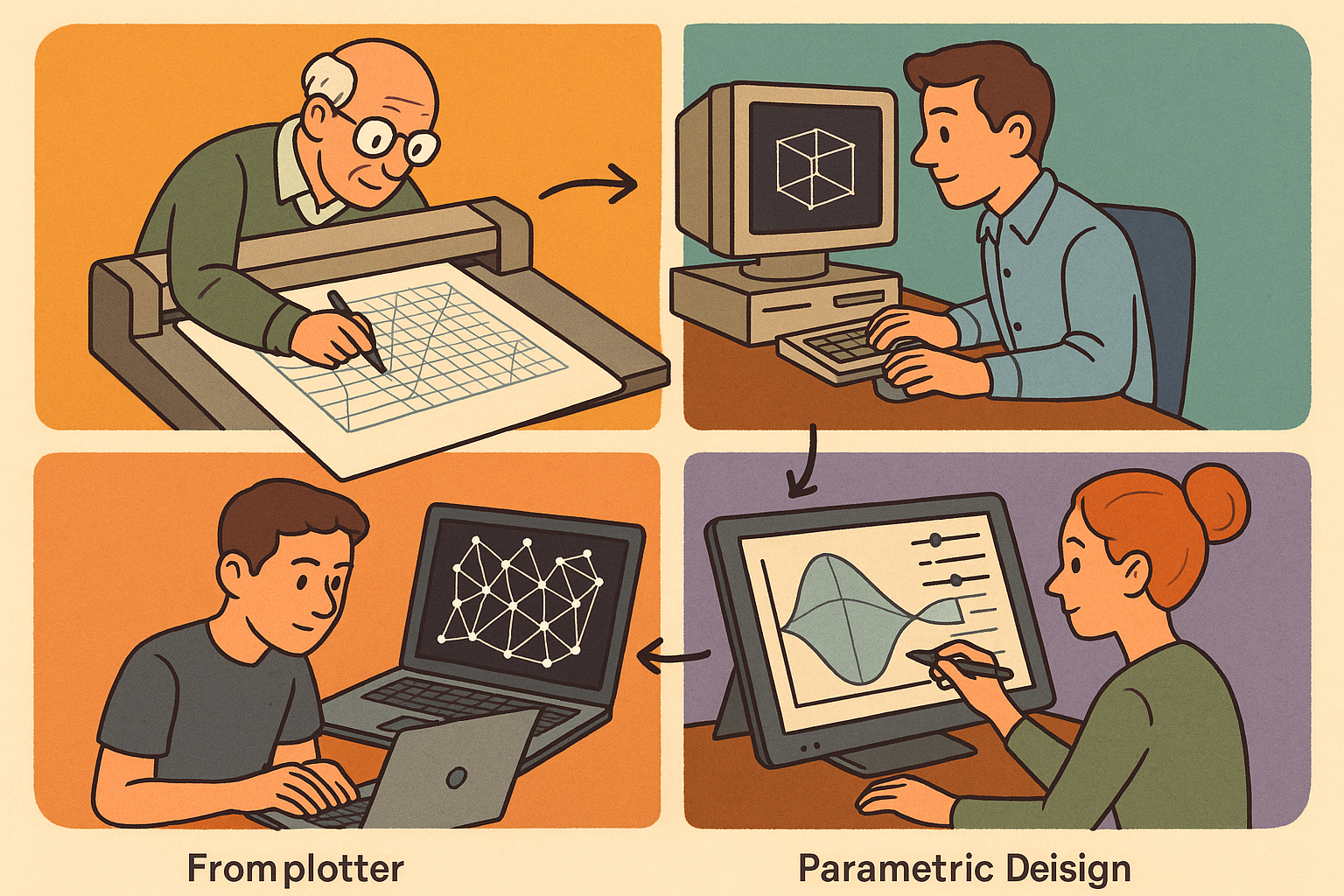Your Cart is Empty
Customer Testimonials
-
"Great customer service. The folks at Novedge were super helpful in navigating a somewhat complicated order including software upgrades and serial numbers in various stages of inactivity. They were friendly and helpful throughout the process.."
Ruben Ruckmark
"Quick & very helpful. We have been using Novedge for years and are very happy with their quick service when we need to make a purchase and excellent support resolving any issues."
Will Woodson
"Scott is the best. He reminds me about subscriptions dates, guides me in the correct direction for updates. He always responds promptly to me. He is literally the reason I continue to work with Novedge and will do so in the future."
Edward Mchugh
"Calvin Lok is “the man”. After my purchase of Sketchup 2021, he called me and provided step-by-step instructions to ease me through difficulties I was having with the setup of my new software."
Mike Borzage
Transforming Landscape Architecture: The Impact of Digital Software Solutions on Design and Execution
July 13, 2024 2 min read


The landscape architecture industry has been fundamentally transformed by the advent of digital software solutions. From the creation of initial design concepts to the detailed planning and management of landscape projects, software tools play an integral role in every phase of landscape architecture today. This evolution from traditional paper-based methods to sophisticated digital processes marks a significant shift in how landscape architects design, visualize, and execute projects.
Introduction to the Intersection of Software and Landscape Architecture
The role of software in landscape architecture has grown exponentially, not only simplifying and automating tasks but also opening up new avenues for creativity and innovation. The transition from hand-drawing and physical models to digital solutions has not only increased efficiency but also enhanced the precision and scope of landscape projects.
Key Software Tools Transforming Landscape Architecture
Design and Visualization Tools
- CAD (Computer-Aided Design) for detailed site plans and layouts.
- BIM (Building Information Modeling) for sustainable and efficient design processes.
- GIS (Geographic Information Systems) for analyzing geographical and spatial data.
- VR (Virtual Reality) and AR (Augmented Reality) for immersive client presentations and design validation.
Simulation and Analysis Tools
- Climate analysis software for adapting designs to local environments.
- Hydrological modeling software to manage water resources and flood risk.
- Landscape simulation software for visualizing growth over time.
Changing Workflows in the Design Process
Collaboration and Communication
Cloud-based platforms have revolutionized the way landscape architects collaborate, enabling real-time interaction among architects, clients, and contractors. Mobile applications further support this collaborative effort by providing tools for fieldwork and on-site analysis, ensuring that project information is accessible anytime, anywhere.
Efficiency and Precision
Software tools have introduced automated features that streamline repetitive tasks and calculations, significantly improving project efficiency. These tools also provide unparalleled precision in technical drawings and specifications, reducing the margin for error and enhancing the overall quality of landscape designs.
The Future of Landscape Architecture Software
Innovative Trends
The future of landscape architecture software is marked by innovative trends such as the use of AI and machine learning for predictive landscaping and maintenance planning. Additionally, the integration of sustainability rating software is becoming increasingly important, facilitating the design of eco-friendly and sustainable landscapes.
Challenges and Considerations
Despite the advantages, the adoption of new technologies comes with its own set of challenges. The learning curve associated with new software can be steep, requiring ongoing education and training. Furthermore, data security and privacy remain paramount as the reliance on digital solutions increases. Landscape architects must also stay ahead of the technology curve, anticipating future software needs to maintain their competitive edge.
Conclusion
The integration of software in landscape architecture has not only transformed the design and execution of landscape projects but has also redefined the profession itself. As software tools continue to evolve, they offer new possibilities for innovation, sustainability, and efficiency in landscape design. The ongoing need for landscape architects to adapt and innovate with these tools is essential for pushing the boundaries of what is possible in creating meaningful and sustainable outdoor spaces.
Also in Design News

Design Software History: From Plotters to Procedural Intent: A Technical History of Generative and Parametric Design Software
January 04, 2026 13 min read
Read More
Semantic Meshes: Enabling Analytics-Ready Geometry for Digital Twins
January 04, 2026 12 min read
Read MoreSubscribe
Sign up to get the latest on sales, new releases and more …



